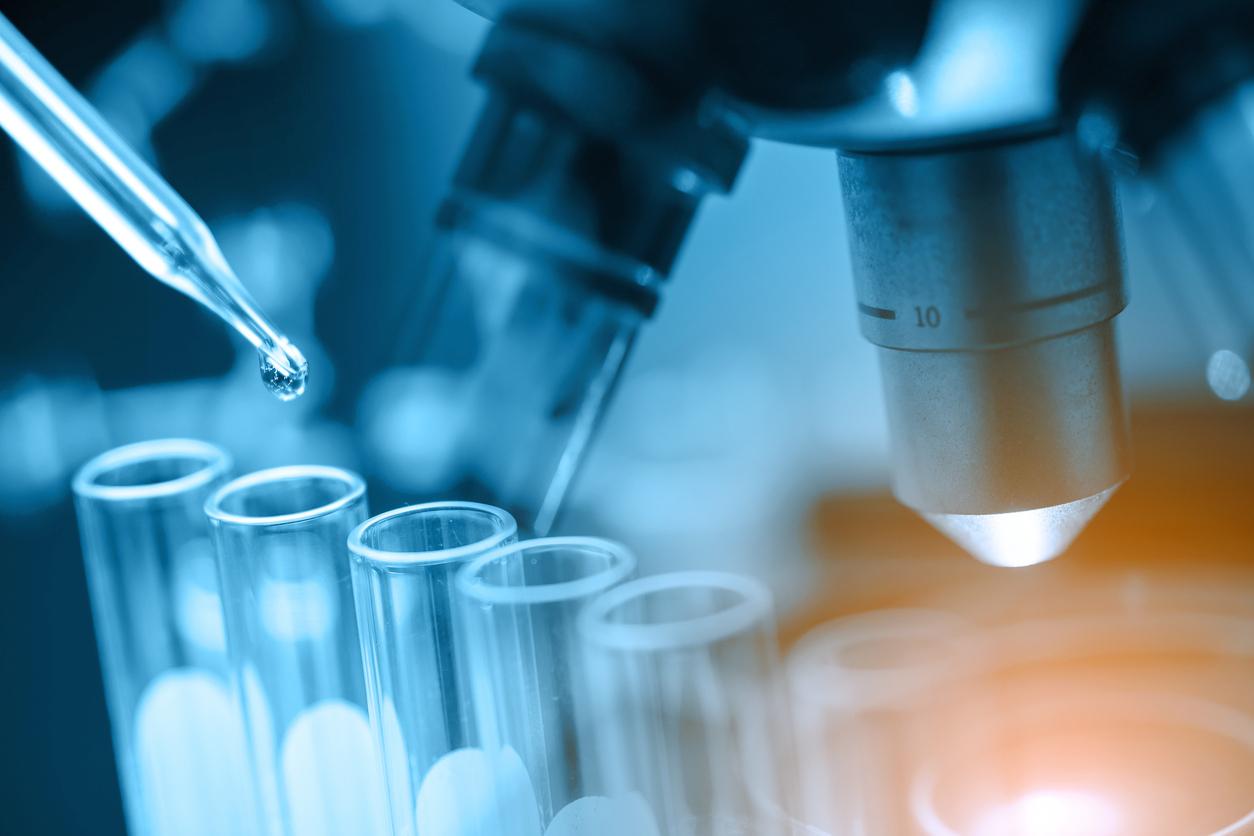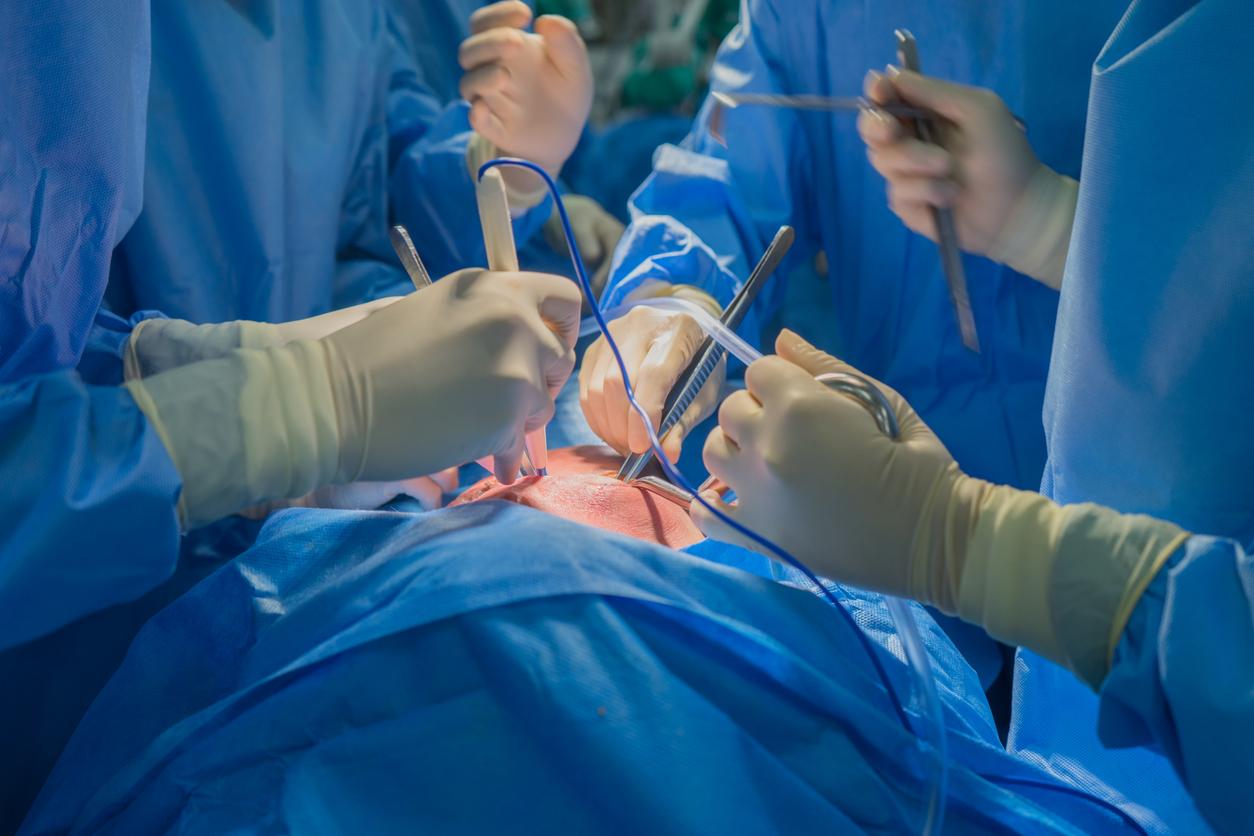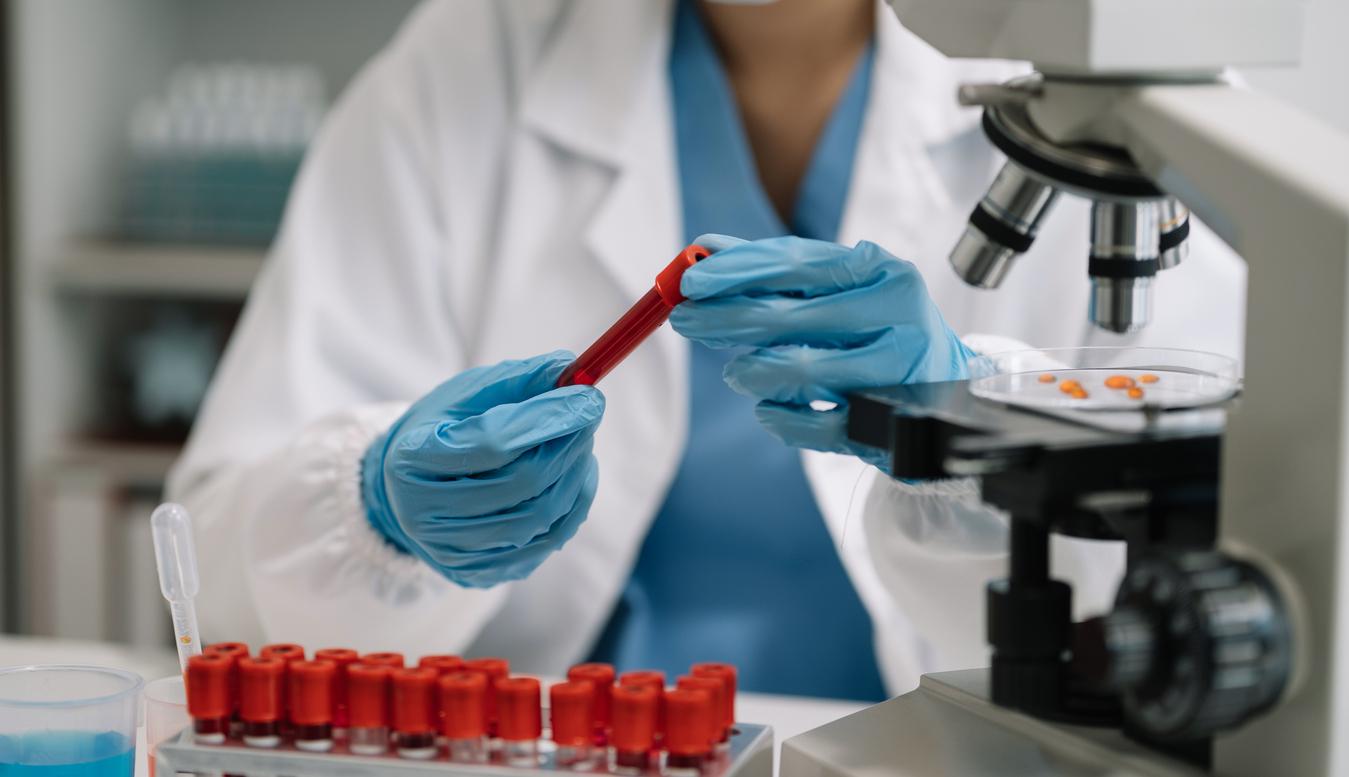US researchers at Cincinnati Children’s Hospital may have the key to solving illnesses linked to the digestion. The secret lies in a part of the stomach that they recreated in a Petri dish. This area corresponds to the fundus, the upper part which produces the acids and enzymes necessary for digestion. This laboratory culture will allow researchers toclosely study diseases of the digestive system and their progression. The investigations carried out on these miniaturized stomachs will therefore make it possible to analyze the healing process of certain pathologiesand to think about new treatments, for example to treat stomach cancer, one of the deadliest cancers.
The reactions of different tissues of the stomach studied with a magnifying glass
Fundus tissues have been generated from pluripotent stem cells, cells capable of differentiating into many adult cell types.
With the fundus, the American team completed the first part of the scientific “puzzle” started two years earlier. The researchers then reconstituted the antrum of the stomach, the part of the organ that plays a role in the production of hormones. Thanks to the culture of these gastric mini-organs, it will be possible to study with a magnifying glass the reactions of different stomach tissues, their “physiological interactions. […], how they react to infections, lesions and pharmacological treatments “, explains Jim Welles, author of the study published in Nature.
Read also: Stomach cancer: an electronic nose to detect it in the breath
Reflux: drinks to avoid and those that can be drunk
















